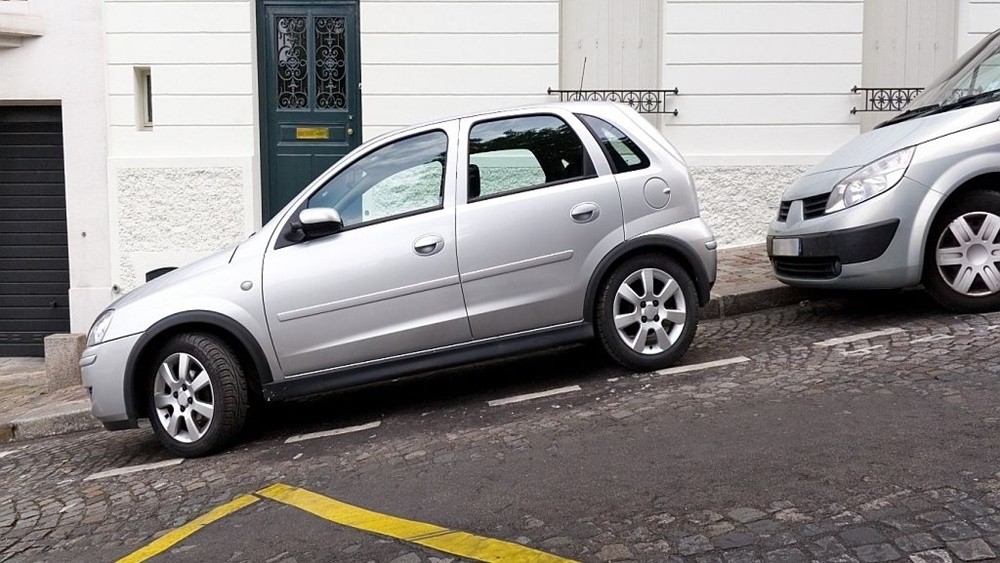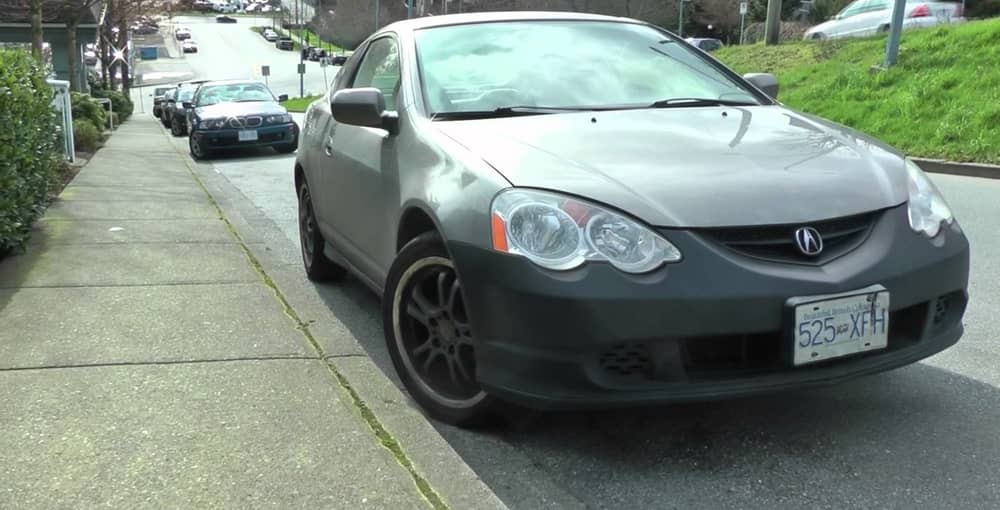One of the trickiest and most difficult driving surfaces is a hill. While having good driving skills is essential, parking is also quite significant. When parking downhill in a car with a manual transmission you should?
Manual transmissions depend on the driver’s clutch control and knowledge of the gearbox. As a result, it makes this issue very complicated. It takes a delicate balance of gear selection, braking control, and steering dexterity to park downhill. For the vehicle to stay steady and secure, each component is essential.
Correct wheel angling is crucial since it serves as a safeguard in the event that the brakes fail. In this article, we’ll go through the essential procedures for expertly parking a manual transmission going downhill. It gives drivers the competence and assurance they need to handle these circumstances with ease and safety.
Should You Park Your Car Downhill?

YOU CAN park downhill if you find enough confidence and safety.
To help you decide, let’s look at the particular circumstances, the rules in the area, and your capacity to park securely. Here are some things to think about:
Safety
If done correctly, parking on a downhill slope can be safe. However, if not done correctly, it can also be risky. The answer is YES if you are certain that you can park securely on a downhill slope and you have done the essential safety measures.
Local Regulations
Check the parking and traffic laws in your area. Parking on slopes may be subject to regulations or limitations in some places. Always abide with the rules set forth by local law.
Alternative Parking
Look for other parking spaces if you’re hesitant or uneasy about parking on a steep slope. Park on level ground or an uphill slope if possible; it’s frequently safer and more practical.
Emergency Brake Failure
Take brake failure into consideration. The likelihood that the car will roll when parked on an incline increases in the event that the brakes fail. This risk can be reduced with the use of the parking brake and wheel turns in the direction of the curb.
In conclusion, if you feel secure enough to park downhill, you can. It’s always preferable to look for a different parking spot if you have any reservations or concerns about parking on a downhill slope.
When Parking Downhill In A Car With A Manual Transmission You Should?

With a manual gearbox, parking a car downhill safely necessitates confidence and considerable expertise. Here is a how-to that you can follow:
Select the Right Gear
Downshift to a lower gear, such as first or second, as you approach the downhill parking space. By providing natural braking, this gear eliminates the need for the foot brake.
Approach Slowly
Move forward at a modest, controlled pace toward the parking space. This methodical approach enables you to better control the direction of the car as you drive down the slope.
Placing the Car
When you’ve reached the spot you want to park in, carefully place your vehicle in the allotted spot. Make sure your car is parked in the space straight and in the middle. Pay great attention to where your car is in relation to other cars and any potential impediments.
Turn the Wheels
Turn your car’s front wheels away from the flow of traffic and in the direction of the curb or the side of the road. In the case of an unanticipated parking brake failure or unexpected rolling, this action is an essential safety precaution. Your car is physically stopped from going any further downhill by the curb.
Apply the Parking Brake
Firmly apply the parking brake. Release the foot brake pedal gradually to check if the vehicle is still halted.
Check for Stability
Verify that the parking brake is keeping the automobile firmly in position. Spend a moment looking for any indications that the car might be suddenly decelerating.
Leave in Gear
You can leave the car in gear (usually first or reverse) with the parking brake applied if you want an extra measure of security. This further lowers the possibility of unintentional movement.
Turn Off the Engine
To make sure the car is safely parked, turn off the engine and take the key out of the ignition.
Leave the Car
Exit the car after making sure it is stable, and make sure to lock it for security.
Final Verification
Verify once again that your automobile is safely parked and won’t roll downhill before you leave the location. Keep an eye out for any signs of rolling or instability.
These instructions will help you properly park a car with a manual transmission downhill and lower your chance of an accident or vehicle damage.
How To Turn Your Wheels The Correct Way When Parking Downhill?
Having your wheels in the proper position is essential for safety when parking downhill with a manual transmission. To ensure you do it properly, take these steps:
Direction Towards the Curb or Side of the Road
Turn your car’s front wheels in the direction of the roadside shoulder or curb. Accordingly, the wheels should be pointed in the direction of the curb if you are facing a downhill slope. The automobile would roll toward the curb or the side of the road in this manner if your parking brake failed or there was an unplanned movement.
Angle of the Wheels
The angle should be sufficient to stop the car from moving but not excessively so that the tires or steering system are put under too much stress. It’s best to have a modest angle so that the tires can make good contact with the ground.
Consider the Slope
Depending on how steep the slope is, adjust the wheel angle. To ensure the wheels are turning effectively on a steeper incline, you might need to turn them more quickly.
Check for Stability
Put the parking brake on after spinning the wheels, then slowly let go of the foot brake pedal to test if the car stays still. This is a useful technique for making sure the wheels are in the right place.
Additional Safety Measures
Leaving the automobile in gear, usually first or reverse, might add an added measure of safety. For added safety, put your foot on the parking brake.
Keep in mind that when parking downhill with a manual gearbox, the proper wheel alignment is an essential safety precaution. In the event that the parking brake malfunctions or there is any unforeseen movement, it serves as a fail-safe. Prior to leaving your car parked on a downward slope, always double verify that your wheels are turned in the proper direction.
Final Thoughts
Although parking downhill is challenging, if you are confident in your driving ability, you will succeed. When you follow our parking instructions from above and know how to keep your wheels in the proper position, parking downhill will be simpler. We sincerely hope that we can assist you in locating a quick and secure method to park your car downhill.
